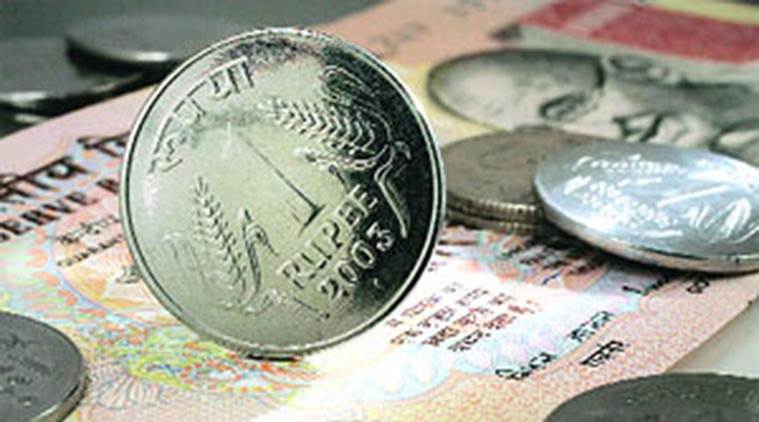Why government must spend more
Private consumption, investment demands must rise. Cash transfers, lower income tax slabs, greater liquidity in financial sector will boost growth.

One does not need to go too far back in history to recollect the precarious situation of the Indian economy. When the current government took over in 2014, the declared fiscal deficit was at 4.5 per cent while the actual was estimated to be in the range of 5.5 per cent. The gap between these two figures was because the UPA government incurred off balance-sheet expenses like oil bonds (issued to the tune of Rs 1,42,202 crore and not reflected in government accounts), withheld income tax refunds and rolled over, to the next year, payments which would have ideally come in towards the end of financial year 2013-14. It was creative accounting at its best. Coupled with weakness on the external account, India was part of a group that was informally referred to as the “fragile five” — countries being the weakest links in the global economy.
The Modi government went about managing its financial affairs in a very prudent manner. Falling global oil prices were leveraged to generate better revenue for the government. Measures like demonetisation and the Goods and Services Tax (GST) were launched, establishing audit trail and ownership of money and simplification in indirect tax structure. Macroeconomic parameters like inflation and fiscal deficit have been contained, the current account deficit is manageable and foreign exchange reserves and GDP growth rates are inching higher. In doing so, the government has not sacrificed any essential expenditure. As per the publicly available data, the 2014-15 to 2018-19 period has seen the best combination of GDP growth rate (high) and inflation (low) than any other government in the history of independent India. Success on the macro-economic management front has been one of the biggest achievements of the Modi government and like many other achievements of this government, has been unduly ignored by the mainstream media. We are not only one of the fastest-growing economy, but also the sixth-largest economy in the world. PwC’s annual Global Economy Watch report projects India’s real GDP growth in 2019-20 at 7.6 per cent and accordingly, India is likely to surpass UK in 2019 rankings of world’s largest economies and occupy the fifth position.
The incumbent government is not chasing macro-economic parameters; you look for growth in the economy, hand-hold sectors that need support and do not chase parameters like a certain level of fiscal deficit. At the centre of all initiatives is the ordinary citizen of India and the goal is to ameliorate her condition of living. The target is to achieve a higher level of GDP growth and to make it as wide and participative as possible. In the roadmap for doing so, macroeconomic parameters are self-imposed road signs. These numbers are not sacrosanct. There may be times when we can justifiably ignore these limiting factors. Finance Minister Arun Jaitleyhas said in unequivocal terms that the government would consider ground realities while making its economic policies.
Currently, agriculture and allied sectors are facing some challenges due to lack of sufficient demand for their output. The Micro, Small and Medium Enterprises (MSMEs) sector is another segment that is facing headwinds due to lack of liquidity in the financial system and lack of demand. Increased demand brings in private investment and if there is resource constraint with the government, fiscal expansion is the way out.
The economy will grow only when there is sufficient demand. Government expenditure has increased tremendously in the last five years and sectors like steel and cement have benefited immensely. However, private consumption and investment demands need to increase further. For this there is scope for expansionary fiscal policies, particularly when inflation is low. Fiscal discipline during the last five years has been one of the best and has given the government the elbow room to boost expenditure. The government might consider measures like interest subvention on agricultural loans, direct cash transfer to farmers based on their landholdings, relaxation in income tax slabs for the lower-middle and the middle class and injection of liquidity in the financial sector to boost credit availability. These measures might put some upward pressure on inflation which might not be such a bad thing. Cash transfers to farmers are constrained by the lack of updated land records with the state governments and a way around it must be found. Such a transfer will boost demand for agricultural and non-agricultural products in the rural areas and help the agriculture and MSME sectors.
Governments and economies exist for the people and not the other way round. Accolades from foreign rating agencies and media cannot compensate for the suffering of the people and our government knows this very well.







































No hay comentarios:
Publicar un comentario